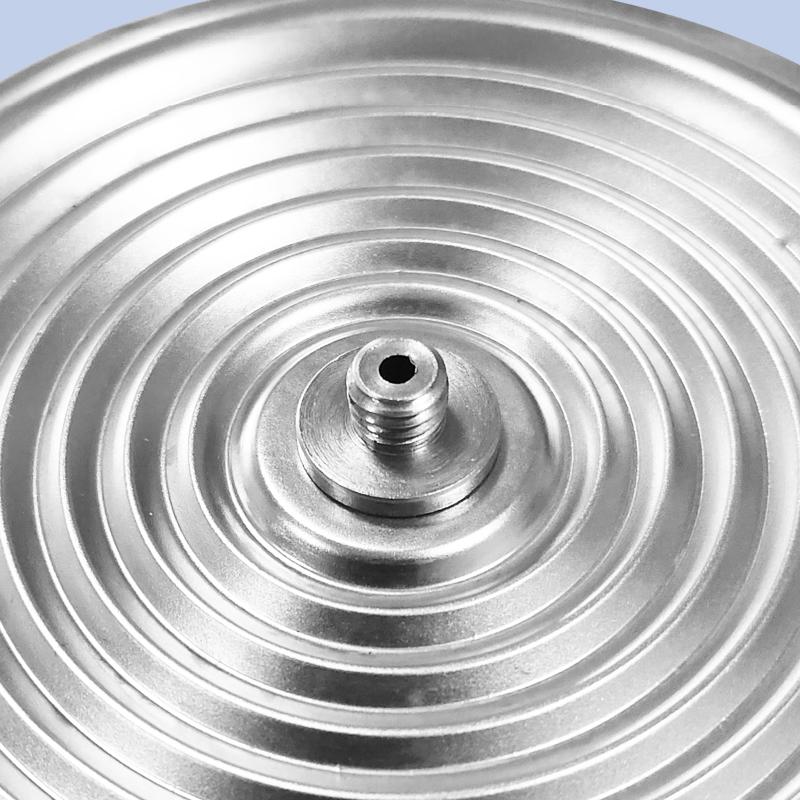
Aug . 14, 2024 12:49 Back to list
Innovative Diaphragm Contact Pressure Gauge for Accurate and Reliable Measurement Applications
Understanding Diaphragm Contact Pressure Gauge Products
In industries where measuring pressure is essential, diaphragm contact pressure gauges play a pivotal role. These devices are designed to translate pressure changes into readable measurements, allowing operators to monitor systems accurately and efficiently. This article will explore the fundamental working principles of diaphragm contact pressure gauges, their applications, and their advantages in various industrial contexts.
What is a Diaphragm Contact Pressure Gauge?
A diaphragm contact pressure gauge is a type of pressure measuring instrument that utilizes a flexible membrane, or diaphragm, to sense pressure. This diaphragm is typically made from durable materials able to withstand the harsh conditions of many industrial environments, including high temperatures and corrosive substances. When pressure is applied, the diaphragm flexes, and this deflection is converted into an electrical or mechanical signal that can be displayed on a gauge.
Working Principle
The working principle of a diaphragm contact pressure gauge revolves around the mechanical deformation of the diaphragm. When pressure is applied to one side of the diaphragm, it causes the diaphragm to move and create a corresponding deflection. This movement is detected by a mechanism that typically comprises a pointer and a scale, which translates the deflection into a pressure reading.
Some diaphragm gauges also incorporate an electrical contact system. This system can be used to trigger alarms or controls within the process system when a specific pressure threshold is reached. For instance, if pressure exceeds a designated limit, the gauge can activate a relay that shuts down the equipment to prevent damage.
Applications
diaphragm contact pressure gauge product

Diaphragm contact pressure gauges are versatile and can be used in a range of applications across various industries. Common applications include
1. Manufacturing Monitoring pressure levels in hydraulic systems, ensuring optimal performance and safety. 2. Oil and Gas Measuring pressure in pipelines and equipment to prevent leaks and maintain system integrity. 3. Chemical Processing Measuring pressure in reactors and reservoirs to ensure safe handling of hazardous materials. 4. Water Treatment Monitoring water pressure in treatment plants to ensure efficient operation and compliance with safety regulations.
Advantages
One of the most significant advantages of diaphragm contact pressure gauges is their accuracy and reliability. The design of these gauges allows for precise measurements even in the presence of pulsating pressures or vibrations, which can often distort readings in other types of gauges.
Additionally, diaphragm gauges are relatively low maintenance due to their robust construction. They can be designed to withstand harsh environmental conditions, making them ideal for outdoor installations or locations with extreme temperatures. Furthermore, many models are available with different materials and protective coatings, tailored to specific applications, such as corrosive or high-temperature environments.
Conclusion
Diaphragm contact pressure gauges are indispensable tools in modern industrial applications, providing accurate and reliable pressure measurements essential for safe and efficient operations. Their versatility across various sectors, combined with robust designs and low maintenance requirements, makes them a preferred choice for engineers and operators alike. As technology continues to evolve, the development of diaphragm contact pressure gauges will likely incorporate new features, enhancing their capabilities and expanding their applications in an ever-changing industrial landscape. Understanding these instruments is crucial for anyone involved in systems where pressure management is vital.
-
High-Precision 5 Valve Manifold Differential Pressure Gauge Suppliers
NewsApr.29,2025
-
High-Precision Diaphragm Vacuum Pressure Gauges Manufacturers & Quotes
NewsApr.29,2025
-
Omega Differential Pressure Gauges High Accuracy & Durability
NewsApr.28,2025
-
Low Pressure Differential Pressure Gauges Precision Solutions & Quotes
NewsApr.28,2025
-
Digital Diaphragm Pressure Gaauge Precision Measurement & OEM Quotes
NewsApr.28,2025
-
Differential Pressure Gauge China Price High-Accuracy & Best Quotes
NewsApr.28,2025
